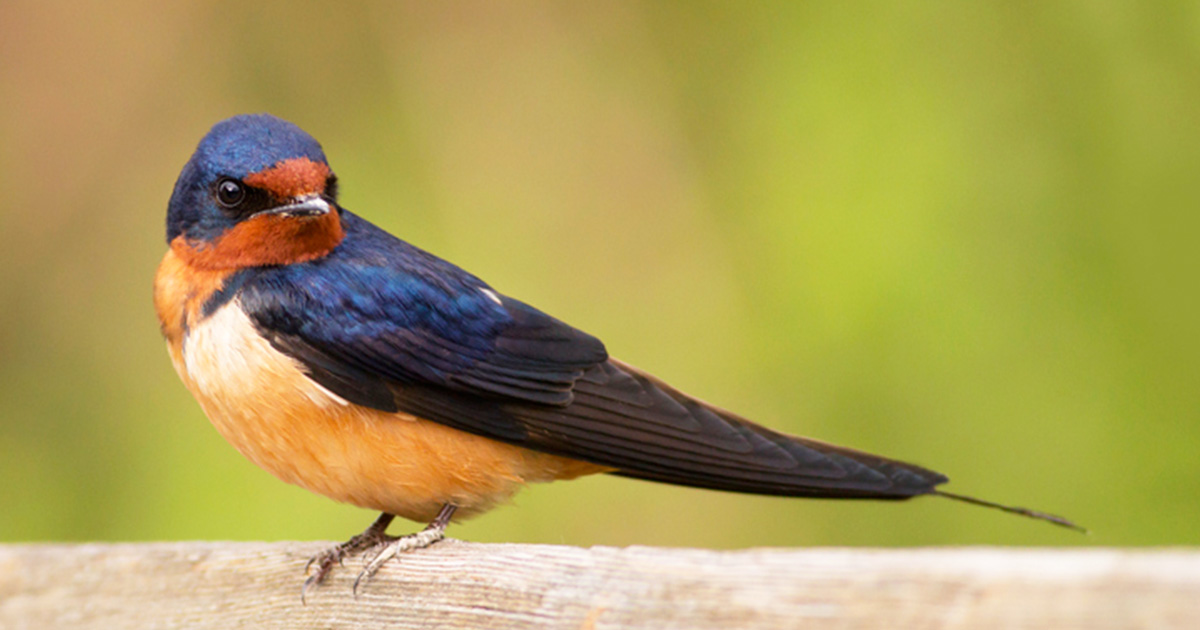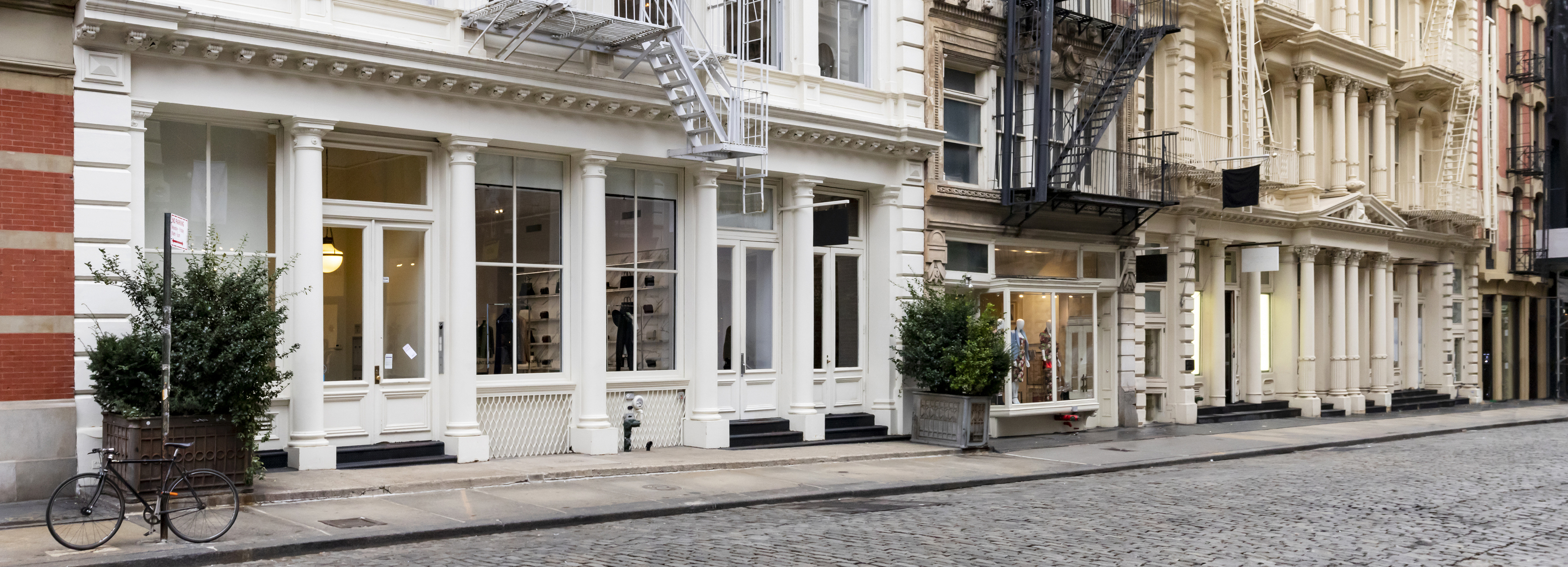A few weeks ago, a couple of barn swallows started construction on my porch. After a bit of online research, I found that these birds frequently choose to build their cozy mud nests in man-made structures. They also dine on pesky flying insects so, though they leave some mess, they are welcome to stay. However, not all birds are welcome, and, when it comes to commercial signage, they can be a messy, destructive nuisance, rather than a pest-consuming asset.
An area that is heavily trafficked by birds has a few telltale signs: loose feathers, spatters of droppings across almost every surface under a ledge or tree, morning air filled raucous coos and chirps, and, of course, flocks of the animals themselves.
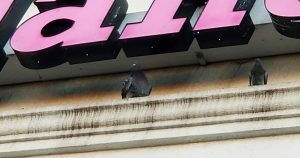
Unfortunately, if your location is highly trafficked by birds, there isn’t much that will convince them to move elsewhere. Fortunately, there are a few things you can do to at the very least keep them off (or out) of your signs.
1. Clear Acrylic
Channel letters can provide several ideal roosting spots for birds, if you find this to be the case with your sign, clear acrylic panels are one way to close the door to feathered squatters.
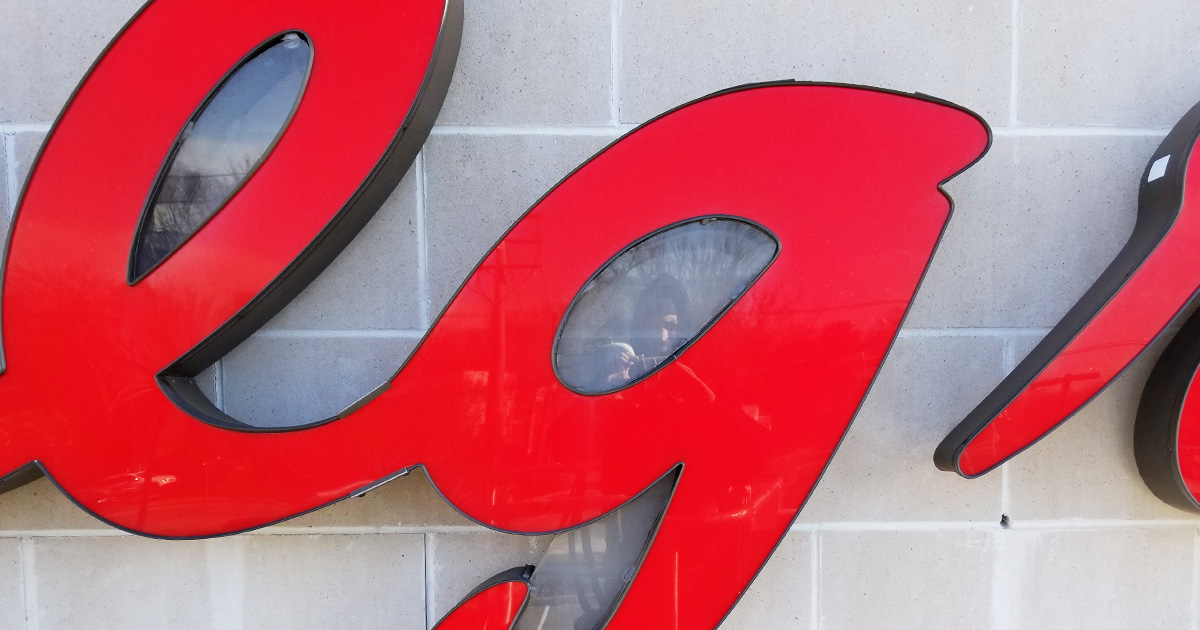
2. Bird Spikes
Some consider bird spikes an eyesore, but we promise that bird droppings are much, much worse. Another thought to consider is placement. Spikes are often positioned atop signs and ledges and therefore are not visible to pedestrians from the ground.
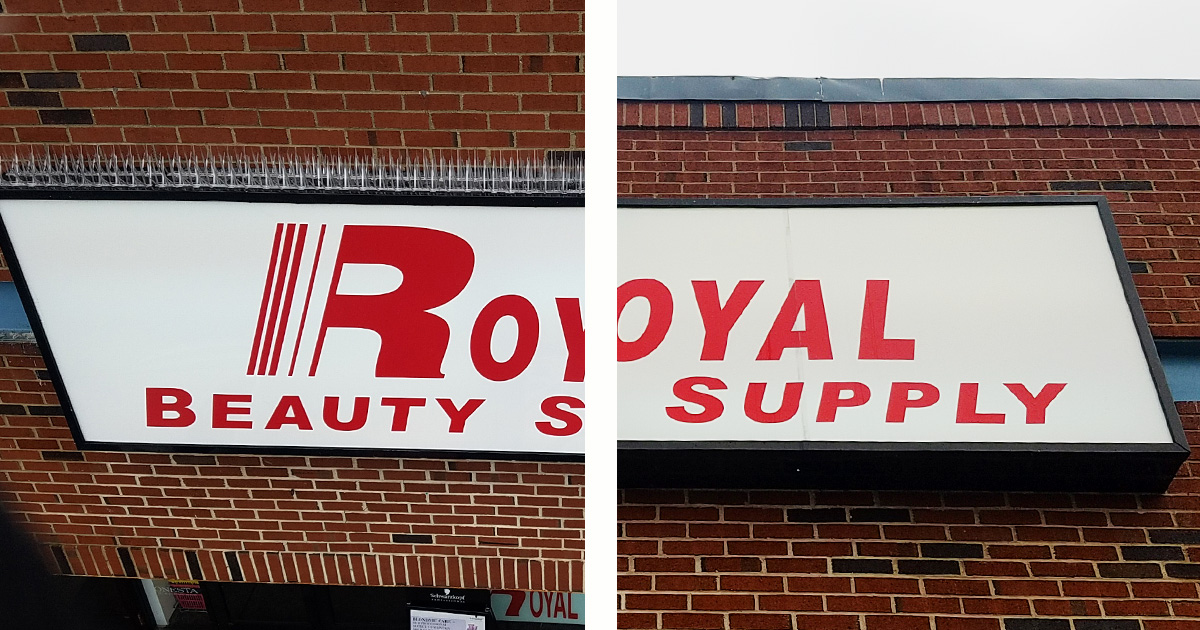
3. Netting
Netting is a common way to keep birds out of large spaces and is sometimes used to cover large wall signs that are too high up for regular cleaning. In these applications, netting cannot be seen from a distance and is practically invisible at night. However, as a solution netting can pose a danger to birds if improperly installed. Make sure you get a professional.
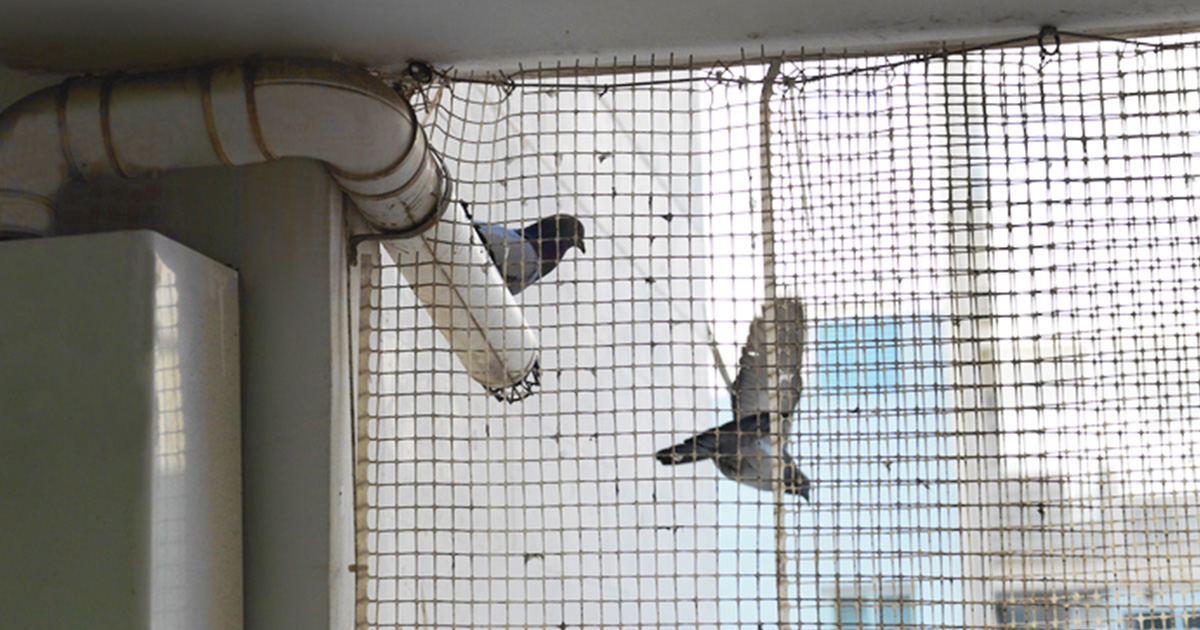
4. Bird Gel
There are several gel products that can be applied to building ledges and sign surfaces. They are designed to deter birds without harming them in one of two ways. The first is make treated surfaces uncomfortable for birds to walk on. The second is to create an alarming optical effect only perceptible to birds’ ultraviolet vision. Due to the nature of both gels, they can have limited effectiveness over an extended period and are not intended as a permanent solution; however installation is very easy.
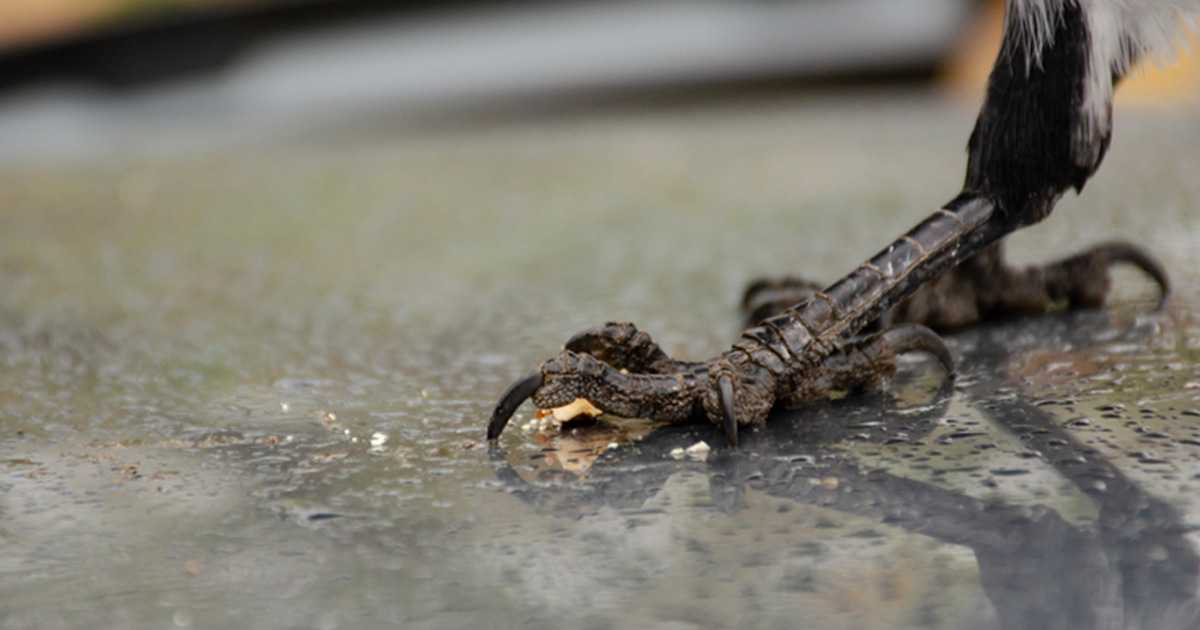
4. Decoy Owls
Decoy horned owls deter birds by capitalizing on their sense of danger. They can also keep away larger birds such as hawks and other owls. Decoys are an inexpensive solution that requires little maintenance.
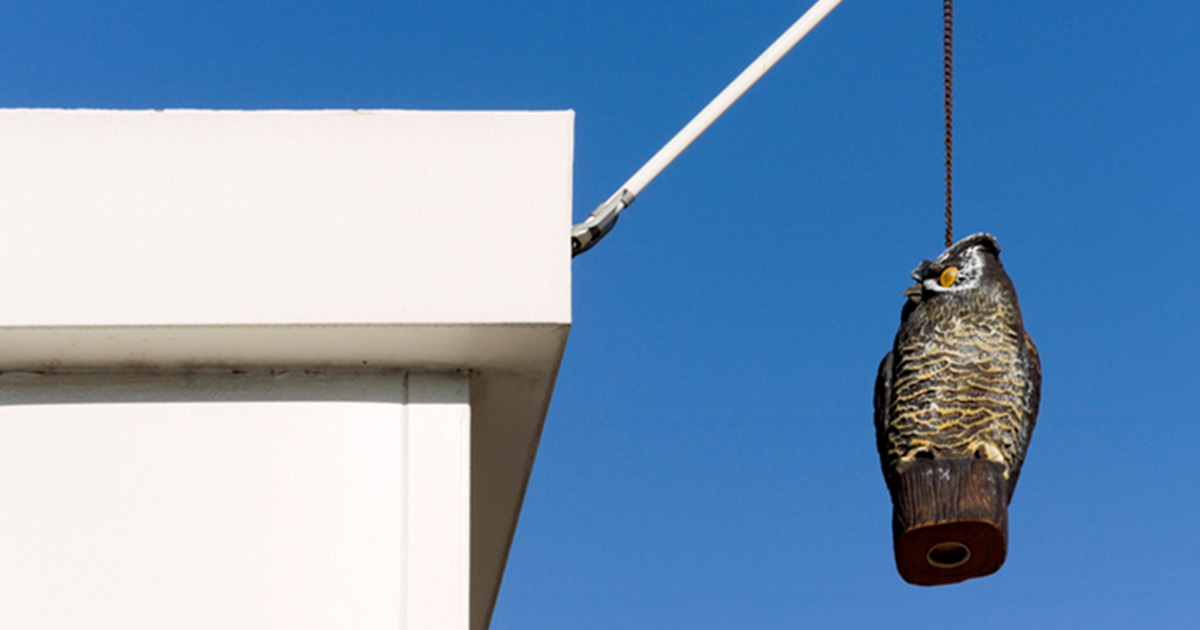
5. Regular Service
A damaged sign can act like a welcome mat to birds. Make sure that you report damaged and or missing sign faces right away to keep birds and other pests out of your sign where they can do substantial damage to lights and wiring.
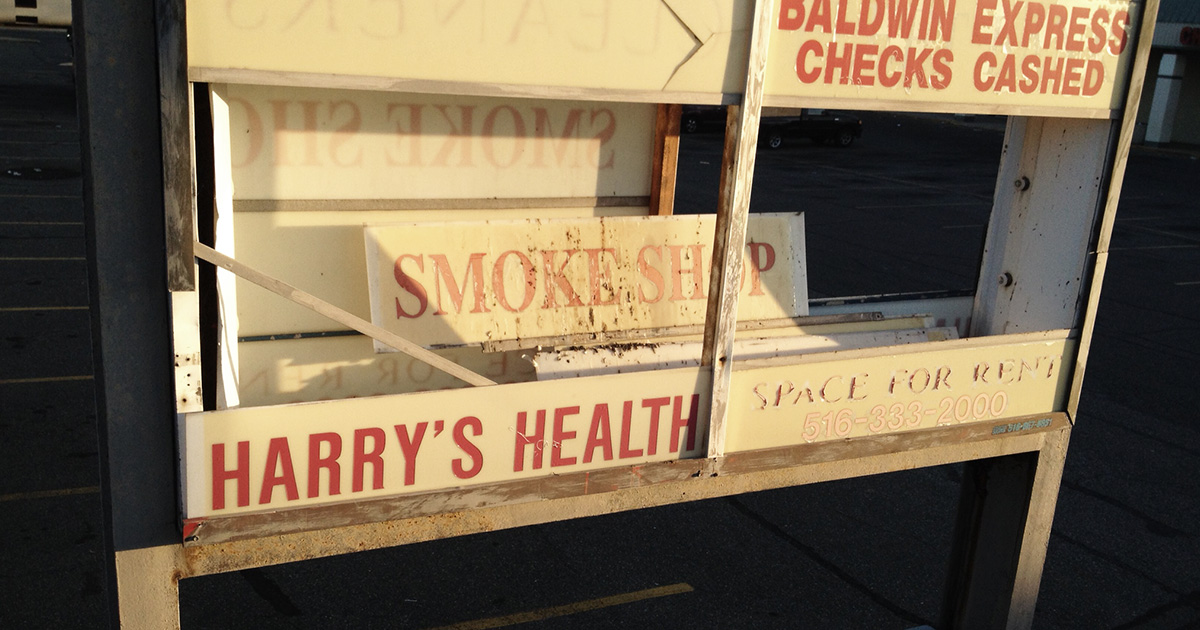
6. Thoughtful Sign Design
Most of all, if you are in the market for a new sign and you know that your area has a bird problem, let you sign company know. They will be able to take that into consideration when designing your sign. As mentioned above, channel letters can provide ideal roosting places. With a little bit of forethought, those places can be adjusted or eliminated altogether to protect your investment from bird damage.
These are just a few common ways that you can protect your signage. As technology improves other reliable methods for dealing with destructive birds open up every day, like those mentioned by worldbirds.org in this article.
We hope you find this article helpful. If you have any questions about this information, or want to know how we can help you with your signage project, please call 631-446-1121 or submit a request via our contact page.

